Top Things to Know Before Buying Kitchen Garden Plants
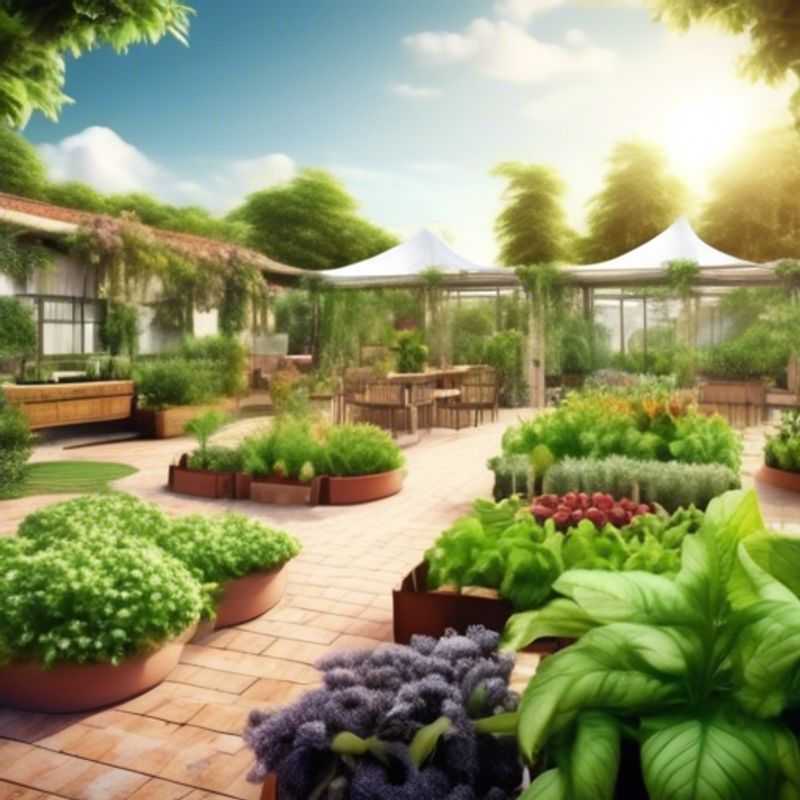
Top Things to Know Before Buying Kitchen Garden Plants: A Comprehensive Guide
Growing your own food in a kitchen garden is a rewarding experience, but it's important to do your research before you start shopping for plants. Here are some key things to consider:
1. Research your plants' needs. Different plants have different requirements for climate, soil, sunlight, and water. It's crucial to understand what your chosen plants need to thrive in your specific location.
2. Assess your garden space. Before you buy plants, determine how much sunlight and space you have available. Consider the mature size of the plants and plan the layout accordingly. You don't want to overcrowd your garden.
3. Gather the right tools. You'll need basic tools for planting, weeding, and watering. Consider investing in a trowel, hand rake, watering can, and a pair of gardening gloves.
4. Understand watering and fertilizing. Different plants have different watering needs. Make sure you know how often and how much water your plants require. You may also need to fertilize your garden regularly to provide essential nutrients.
5. Be aware of pests and diseases. Learn about common pests and diseases that can affect your kitchen garden plants. Knowing what to look for and how to prevent problems will help ensure a healthy and productive garden.
6. Explore space-saving options. If space is limited, consider vertical gardening or raised beds to maximize your growing area.
By taking these steps, you'll be well on your way to a successful and enjoyable kitchen garden experience!
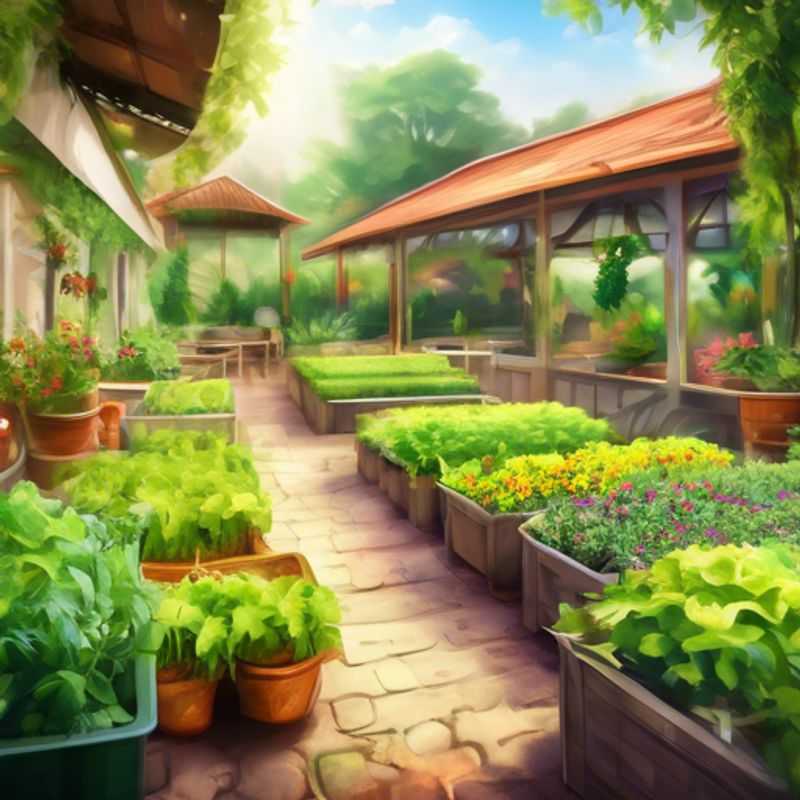
Know Your Plants: Researching Climate and Soil Needs for Successful Gardening
Knowing the specific climate and soil requirements for the plants you want to grow is crucial for success. This information ensures you select plants that thrive in your area and avoid wasting time and resources on unsuitable species.
Start by researching your local climate. Consider factors like average temperature, rainfall, humidity, and sunlight hours. Match these conditions to the plant's specific needs. For example, if your area experiences harsh winters, choosing hardy plants that can withstand freezing temperatures is essential.
Next, understand your soil type. Factors like pH, drainage, and nutrient content greatly influence plant growth. You can have your soil tested by a local gardening center or university extension service. This analysis provides valuable insights into your soil's composition and any necessary amendments.
Research the specific needs of your chosen plants. Websites, gardening books, and plant labels provide detailed information about their ideal climate and soil conditions. Look for information on sunlight requirements, temperature tolerance, water needs, and soil pH preferences.
Remember, you can often adapt your garden to accommodate your favorite plants. For example, using raised beds allows you to control soil quality, improve drainage, and create a microclimate for specific plants. You can also amend your existing soil with compost, fertilizers, or other soil conditioners to improve its properties.
By understanding the climate and soil requirements of your plants, you set them up for success. This maximizes their growth, reduces stress, and leads to a thriving and beautiful garden.
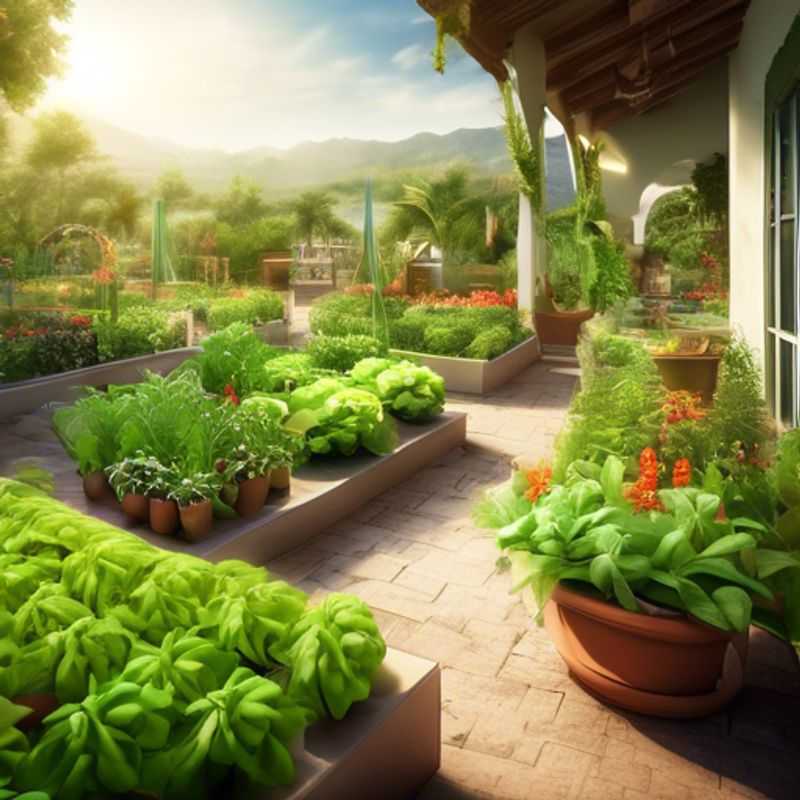
Sunlight and Space: Planning Your Garden's Success
Before you start planning your garden, it's crucial to understand how much sunlight your space receives and how much room you have to work with. This will help you choose the right plants and design a layout that thrives.
To determine sunlight exposure, observe your garden throughout the day. Note which areas receive direct sunlight for most of the day, which areas are partially shaded, and which areas remain in the shade. Use a sun chart or a sun tracking app to get a more accurate picture.
For space assessment, grab a measuring tape and measure the length and width of your garden. Consider any existing structures, trees, or pathways that may limit your planting area. You might also want to sketch a simple map of your garden to visualize the space and plan your layout.
If you're unsure about your soil type, a simple soil test kit can provide valuable information. This inexpensive investment can help you understand the soil's pH, nutrient levels, and potential limitations. It will give you a better idea of what plants will thrive in your garden.
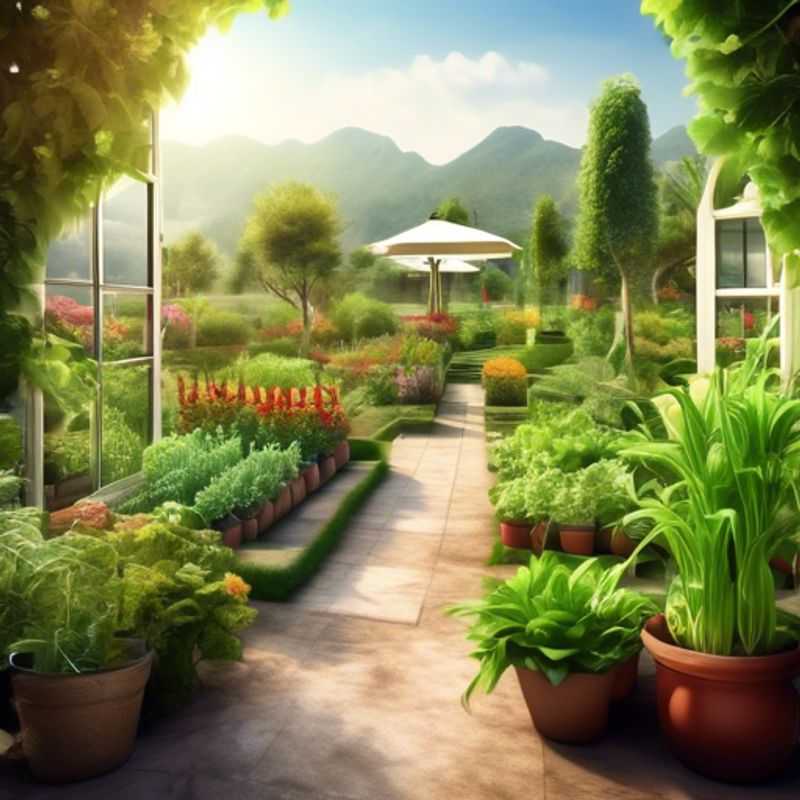
Planning Your Garden: Consider Mature Plant Size for Optimal Layout
Planning your garden layout with mature plant size in mind is key to long-term success. Don't underestimate how much your plants will grow! Failing to do so can lead to overcrowding, competition for resources, and an overall less pleasing aesthetic.
Consider the mature height, width, and spread of each plant. Researching each plant's growth habits is crucial, and it's best to plan with some room for error. This will ensure adequate spacing for optimal growth and prevent them from outgrowing their designated area.
This approach helps you avoid costly mistakes like having to move plants later. Planting too close can also lead to disease and pest issues, as overcrowding creates a perfect environment for these problems to flourish.
Remember, the size of the plant is not the only factor. Consider its root system, too. Some plants, like trees, have extensive root systems that require a wide space. Always factor in the size of both the foliage and the roots.
This process requires some upfront planning and research, but it pays off in the long run. A well-designed layout will provide you with a beautiful and thriving garden for years to come.
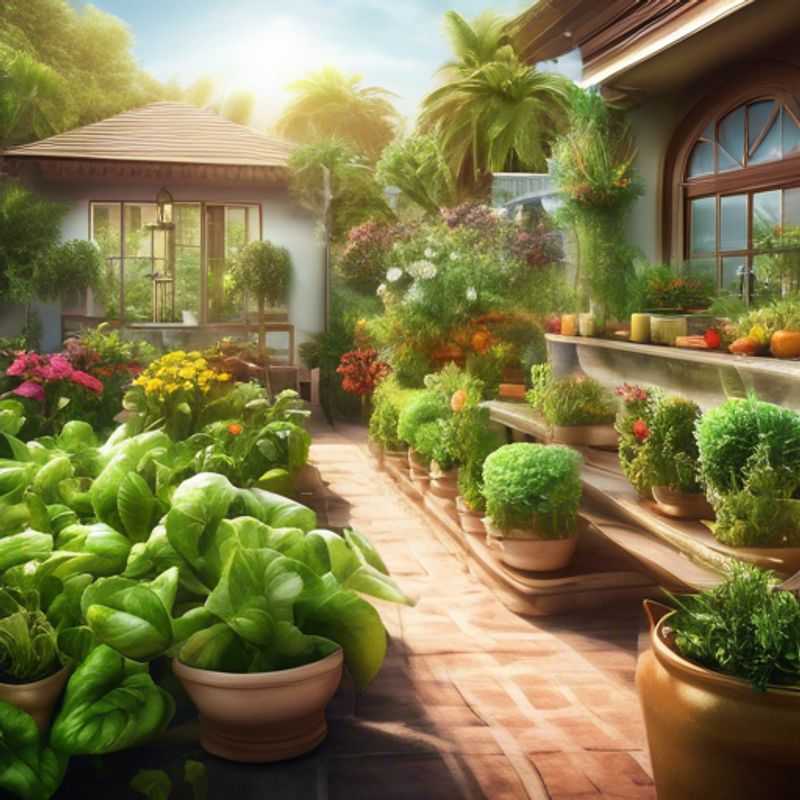
Get Your Garden Ready: Essential Tools and Equipment for Planting and Maintenance
When preparing for planting and maintenance, having the right tools and equipment is crucial for success. Start with basic hand tools such as a shovel, trowel, and rake to help with soil preparation and planting. Don't forget about a pruning shear for maintaining plant health and a hoe for weeding. For larger projects, consider investing in a garden fork and a wheelbarrow to assist with moving soil and plants.
In terms of equipment, a reliable garden hose or irrigation system is essential for proper watering. Additionally, a sprayer can be useful for applying fertilizers and pest control solutions. Protective gear such as gloves and knee pads will enhance comfort and safety during gardening tasks.
When estimating costs, consider the initial purchase of tools and equipment, as well as ongoing maintenance expenses, such as replacement parts and fuel for powered tools. If you require professional help, include potential labor costs for planting and maintenance services in your budget. Planning ahead will ensure you have all the necessary tools for a successful gardening experience.
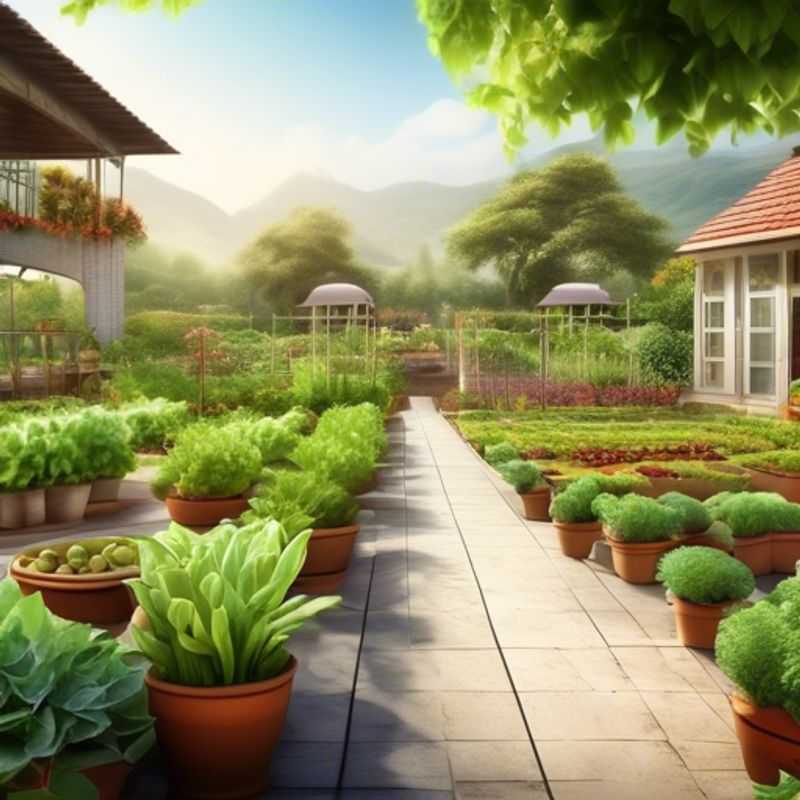
Happy Plants: A Guide to Watering and Fertilizing
Understanding the watering and fertilizing needs of plants is essential for maintaining a healthy garden. Plants generally require consistent moisture, but the amount and frequency depend on the species, climate, and soil type. A good rule of thumb is to water deeply but less frequently, allowing the soil to dry out slightly between watering sessions. Overwatering can lead to root rot, so always check the top inch of soil before watering.
When it comes to fertilizing, plants benefit from nutrients during their active growth periods, typically spring and summer. Use a balanced fertilizer that includes nitrogen, phosphorus, and potassium. Organic options, such as compost or aged manure, are also effective and improve soil health. Be sure to follow the recommended application rates on the packaging to avoid nutrient burn.
For those planning a garden, consider potential costs associated with watering systems, such as drip irrigation or soaker hoses, which can optimize water usage. Additionally, investing in quality fertilizers and soil amendments can enhance plant growth, although these may vary in price. Always account for ongoing maintenance costs, including water bills and replenishing fertilizers throughout the growing season.
Remember, each plant has unique needs, so researching specific requirements for your plants will yield the best results. For further information, consider checking reputable gardening websites or local extension services.
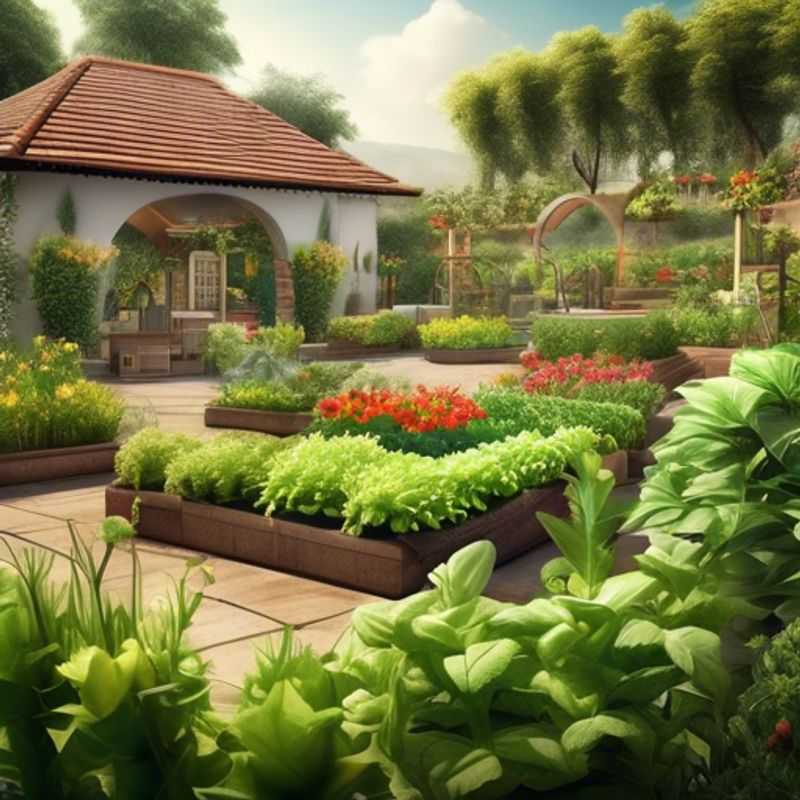
Know Your Enemy: Common Pests and Diseases in Your Kitchen Garden
Knowing your enemy is half the battle. This applies to pests and diseases in your kitchen garden. You don’t need to be a plant pathologist, but understanding some common culprits will equip you to act fast and keep your crops healthy.
Common Pests:
Aphids are tiny insects that suck sap from plants, weakening them and causing distorted growth. Whiteflies are similar, leaving a white, powdery residue. Caterpillars devour leaves, while slugs and snails munch on stems and leaves, leaving behind a slimy trail. Spider mites create fine webs and cause yellowing leaves.
Common Diseases:
Powdery mildew is a white, powdery coating on leaves that can cause them to wilt and fall. Downy mildew appears as a fuzzy, purplish growth on the underside of leaves. Leaf spot causes brown or black spots on leaves, while root rot can cause plants to wilt and die. Rust is another common disease causing brown, rust-colored bumps on leaves.
Prevention is Key:
Healthy plants are less susceptible to pests and diseases. Provide good growing conditions – plenty of sunlight, adequate water, and well-drained soil. Rotate crops every year to break the cycle of pests and diseases. Avoid overcrowding plants, which can trap moisture and encourage disease. Remove and dispose of infected plants or plant parts to prevent the spread of diseases.
Organic Control:
For pests, try hand-picking, using insecticidal soap or neem oil, or introducing beneficial insects. For diseases, use fungicides like baking soda or copper sulfate. Remember to follow directions carefully and choose organic options that are safe for your plants and your family.
Early Detection is Crucial:
Regularly inspect your plants for signs of pests and diseases. The sooner you catch a problem, the easier it is to treat it. Be proactive in protecting your garden and enjoy the bounty of fresh produce.
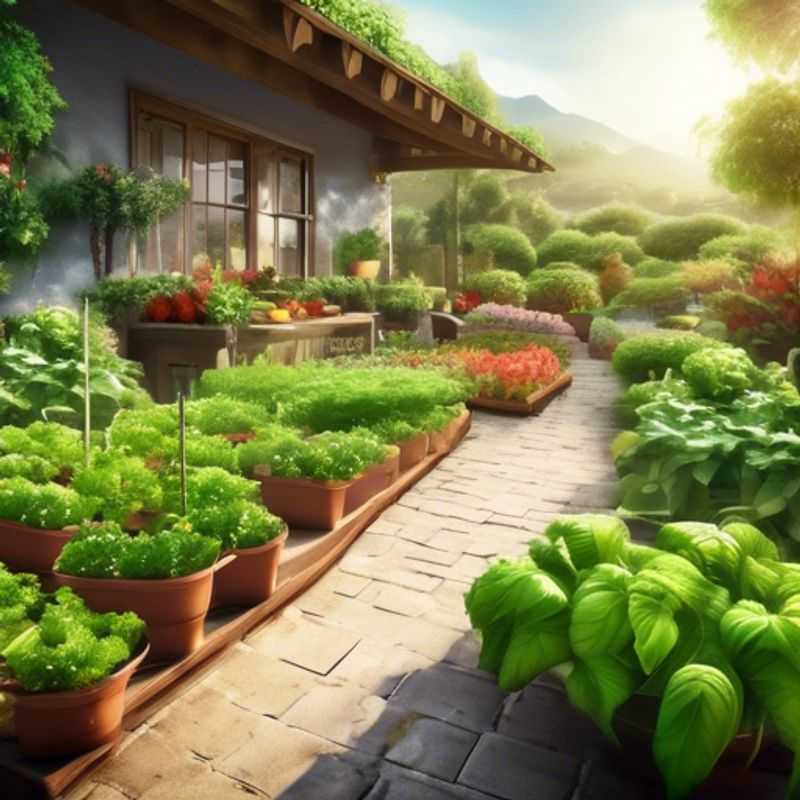
Green Thumb, Limited Space? Explore Vertical Gardening and Raised Beds!
Vertical gardening and raised beds are excellent ways to maximize space in your garden. Here's a quick guide to help you choose the best option for your needs:
Vertical Gardening:
Vertical gardening uses vertical structures like walls, fences, and trellises to grow plants. This technique is ideal for small spaces, balconies, and patios. You can use various methods for vertical gardening, such as hanging planters, wall-mounted planters, and living walls.
Pros:
• Saves space and allows you to grow more plants in a limited area.
• Reduces soil compaction and improves drainage.
• Provides easier access to plants for maintenance and harvesting.
Cons:
• May require more frequent watering due to limited soil volume.
• Can be more expensive to set up than traditional gardening.
Raised Beds:
Raised beds are elevated planting areas typically made from wood, brick, or stone. They can be customized in size and shape to fit your space. Raised beds are great for improving soil drainage and providing a better growing environment.
Pros:
• Offers better control over soil quality and drainage.
• Provides easier access for gardening tasks, especially for those with mobility issues.
• Can be used to create distinct garden areas or to grow plants with specific soil needs.
Cons:
• May require more soil than traditional gardening.
• Can be more expensive to build than traditional garden beds.
Choosing the Right Option:
The best option for you depends on your space, budget, and gardening goals. Consider the following:
• Space: Vertical gardening is ideal for limited spaces, while raised beds are better for larger areas.
• Budget: Building raised beds can be expensive, but vertical gardening also requires investment in materials and structures.
• Maintenance: Both vertical and raised beds require regular watering, but vertical gardening might need more frequent watering due to limited soil volume.
No matter which option you choose, make sure you research the appropriate plants for your chosen method. Both vertical gardening and raised beds offer great ways to grow a bountiful garden in limited spaces. Remember to consider your specific needs and resources when making your decision.
